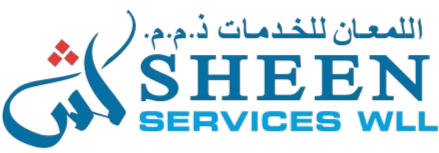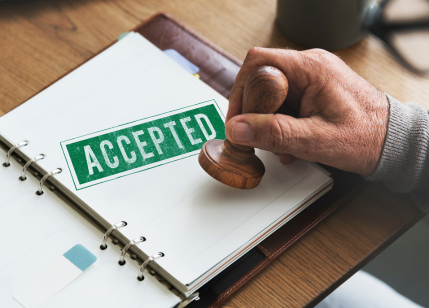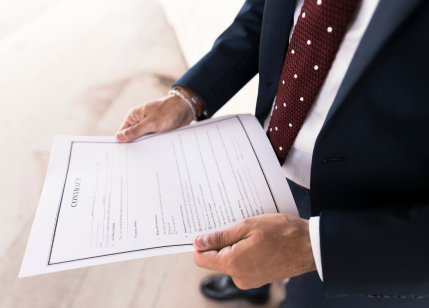
The Peninsula Online
Qatar recorded the lowest temperature of this season today morning at 8.6 degree celsius in the southern part of the country.
While across the country residents experienced a chill, it was the coldest morning, as per the Qatar Meteorology Department, at Baida Al Gaa, a place that lies between Aqua Park on Salwa Road and Bu Samra, some 40kms south of Doha.
The department had reported that weather inshore until 6 pm on Sunday will be relatively cold daytime with some clouds, cold by night, warning of strong wind expected at places daytime in its daily weather report.
Offshore, it will be partly cloudy at times, warning of strong wind and high sea, the report added.
Wind inshore will be northwesterly 08 to 18 knot, reaching 22 knot at some places daytime.
Offshore, it will be northwesterly 15 to 25 knot, reaching 33 knot at times.
Visibility will be 6 to 10 kilometers.
Sea state inshore will be 2 to 4 feet reaching 5 feet at times. Offshore, it will be 6 to 8 feet, reaching 12 feet at times.
Credit: The Peninsula Qatar
URL:https://thepeninsulaqatar.com/article/20/01/2019/Chilly-morning-Qatar-records-coldest-temperature-of-this-winter?fbclid=IwAR1mXZ2YGnbleVSGUhWnWWaKH8OnQgx_O4sxeMqg2WIUVwA3r6pt1Qn4beU










